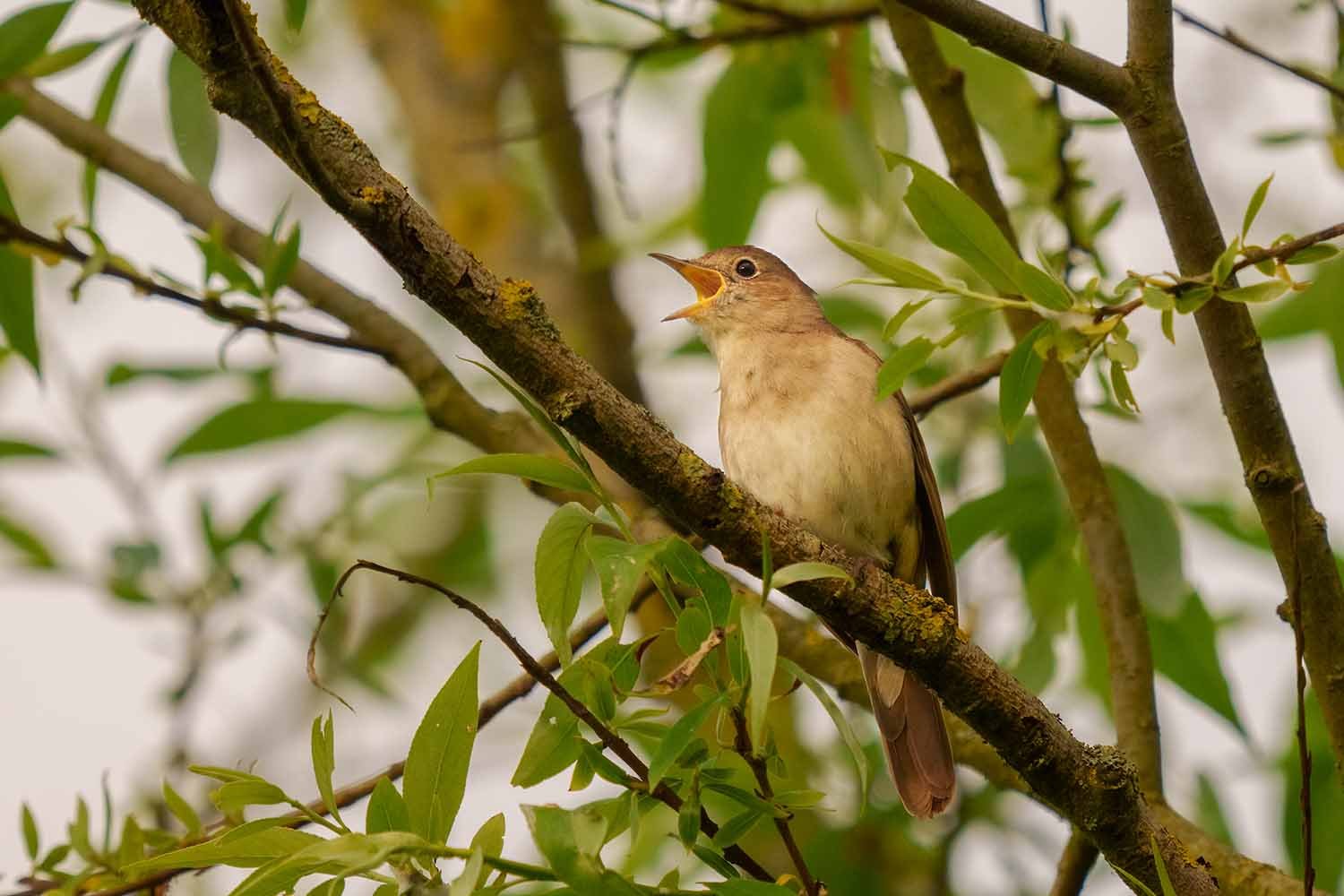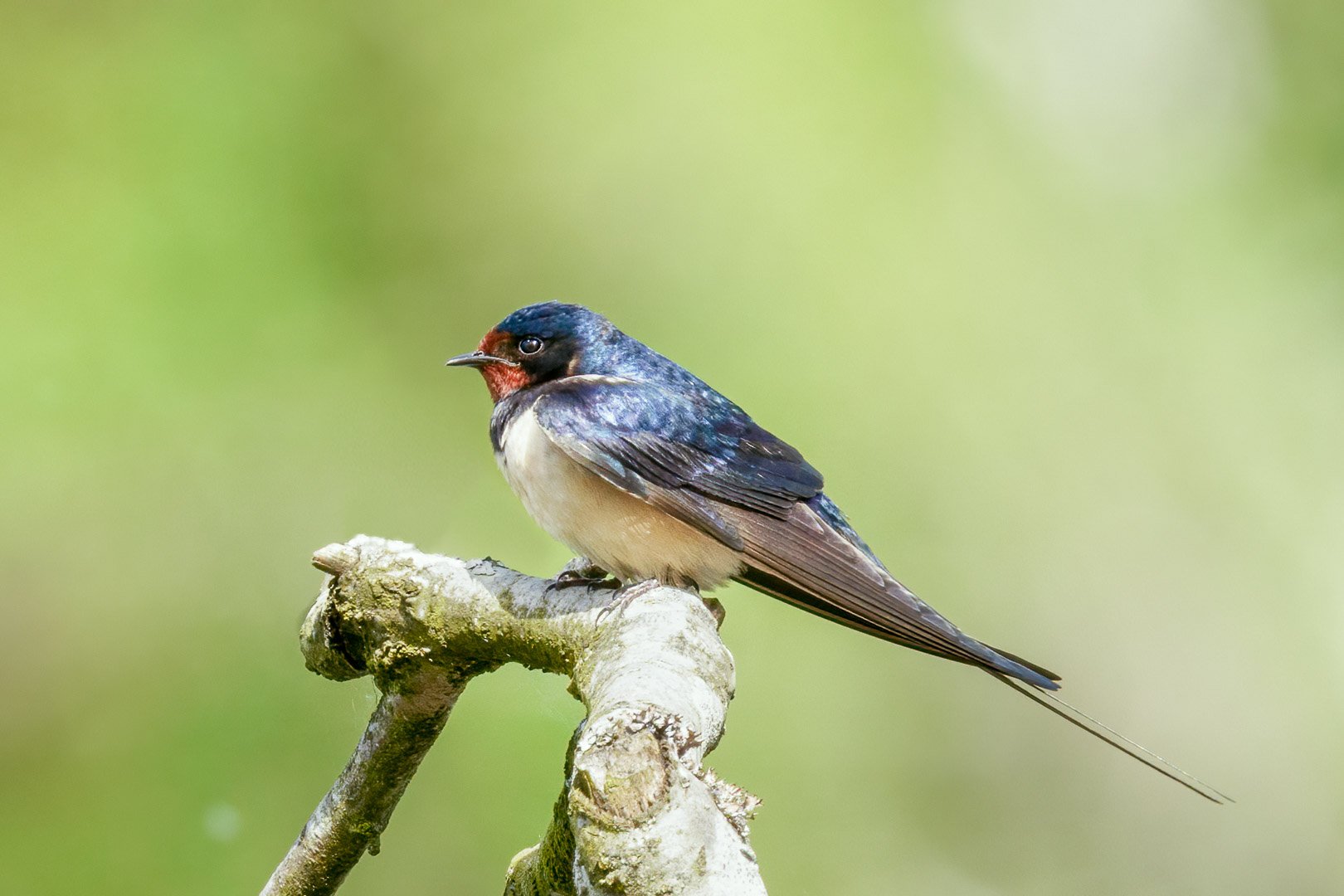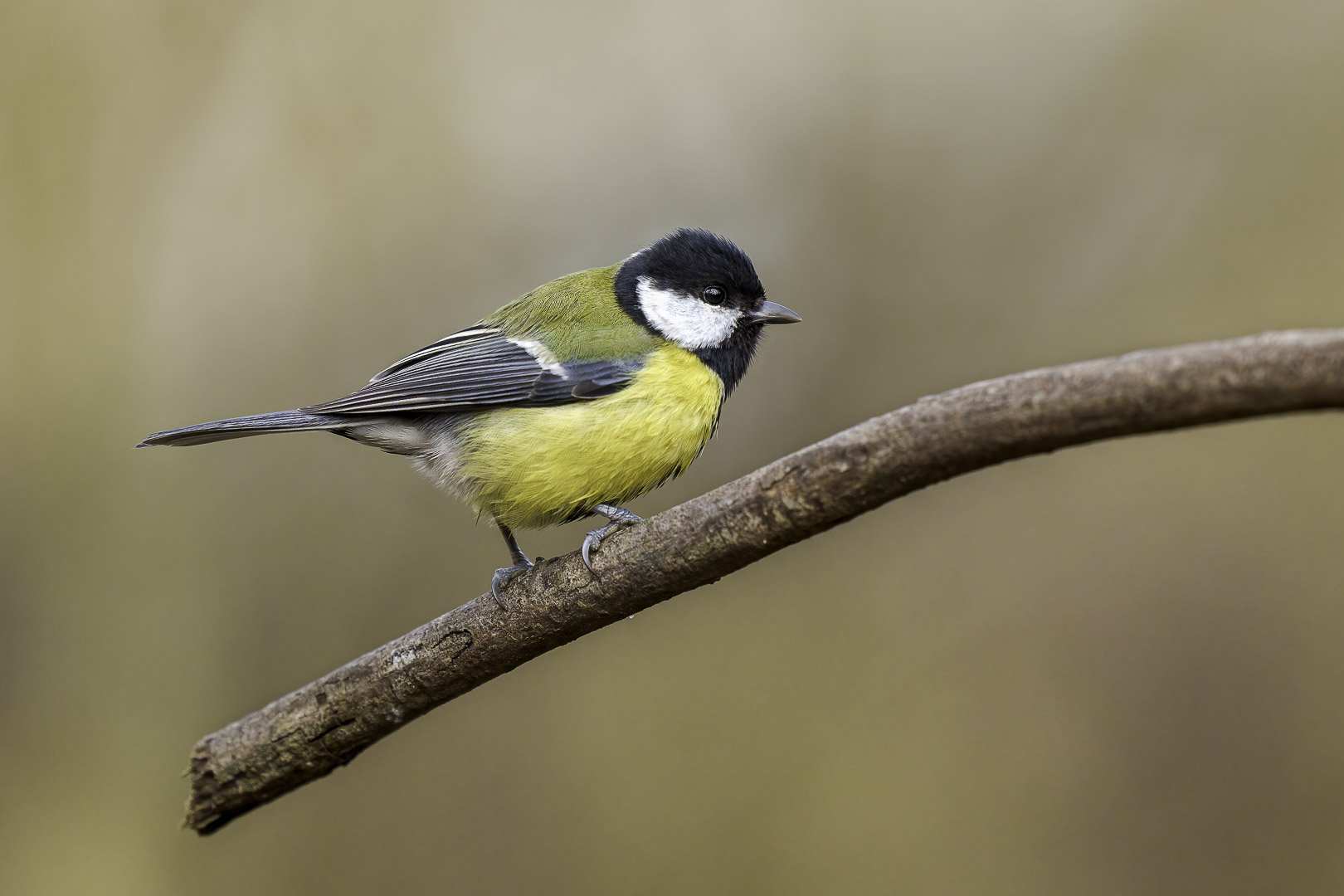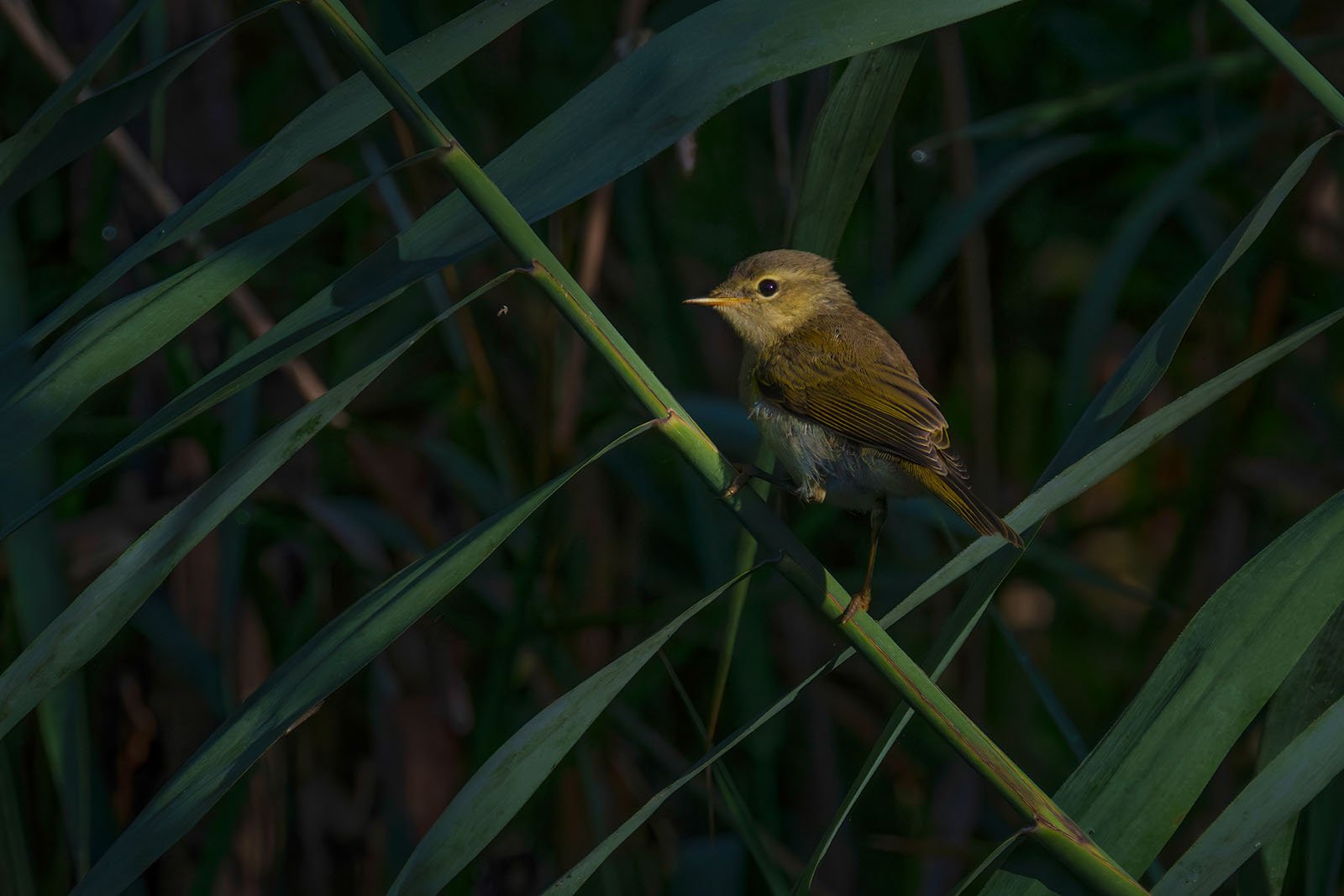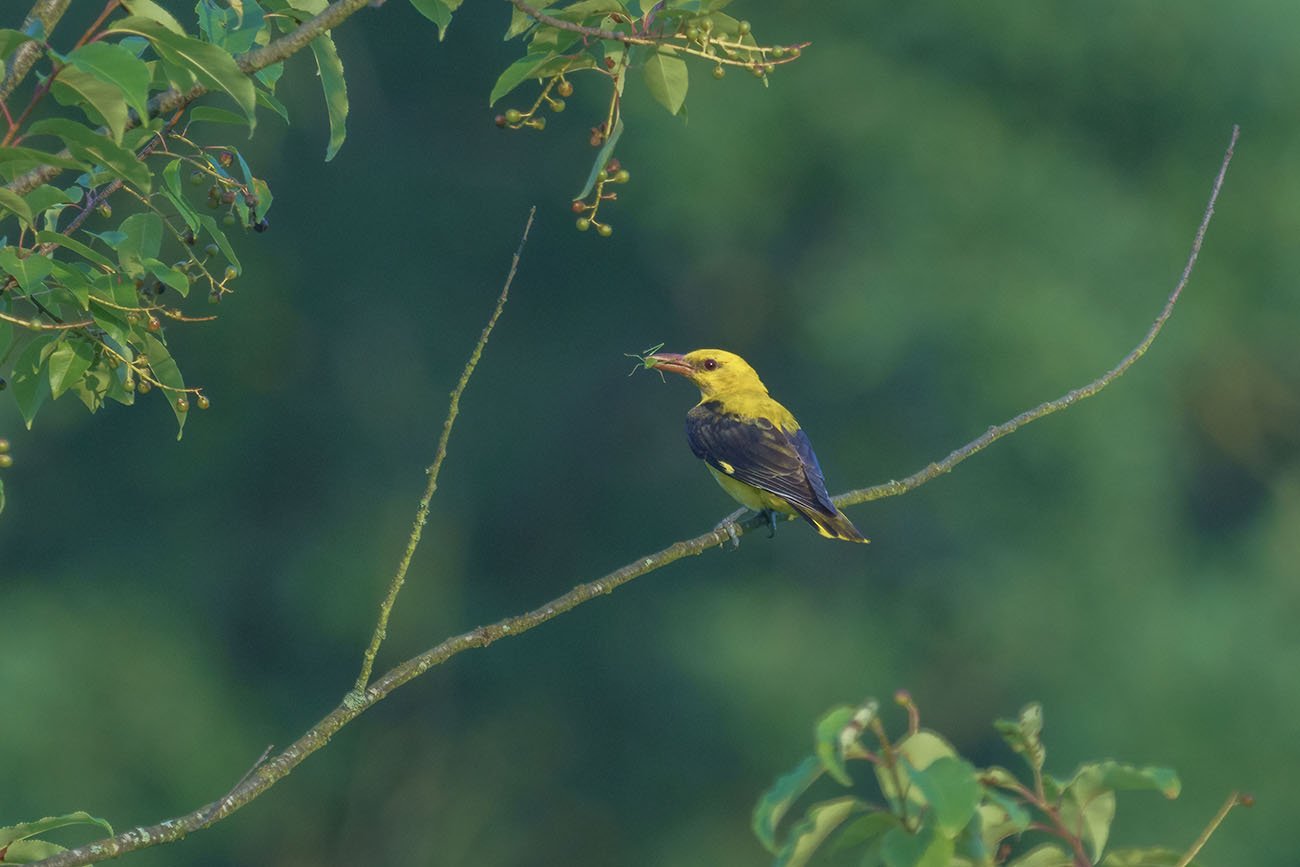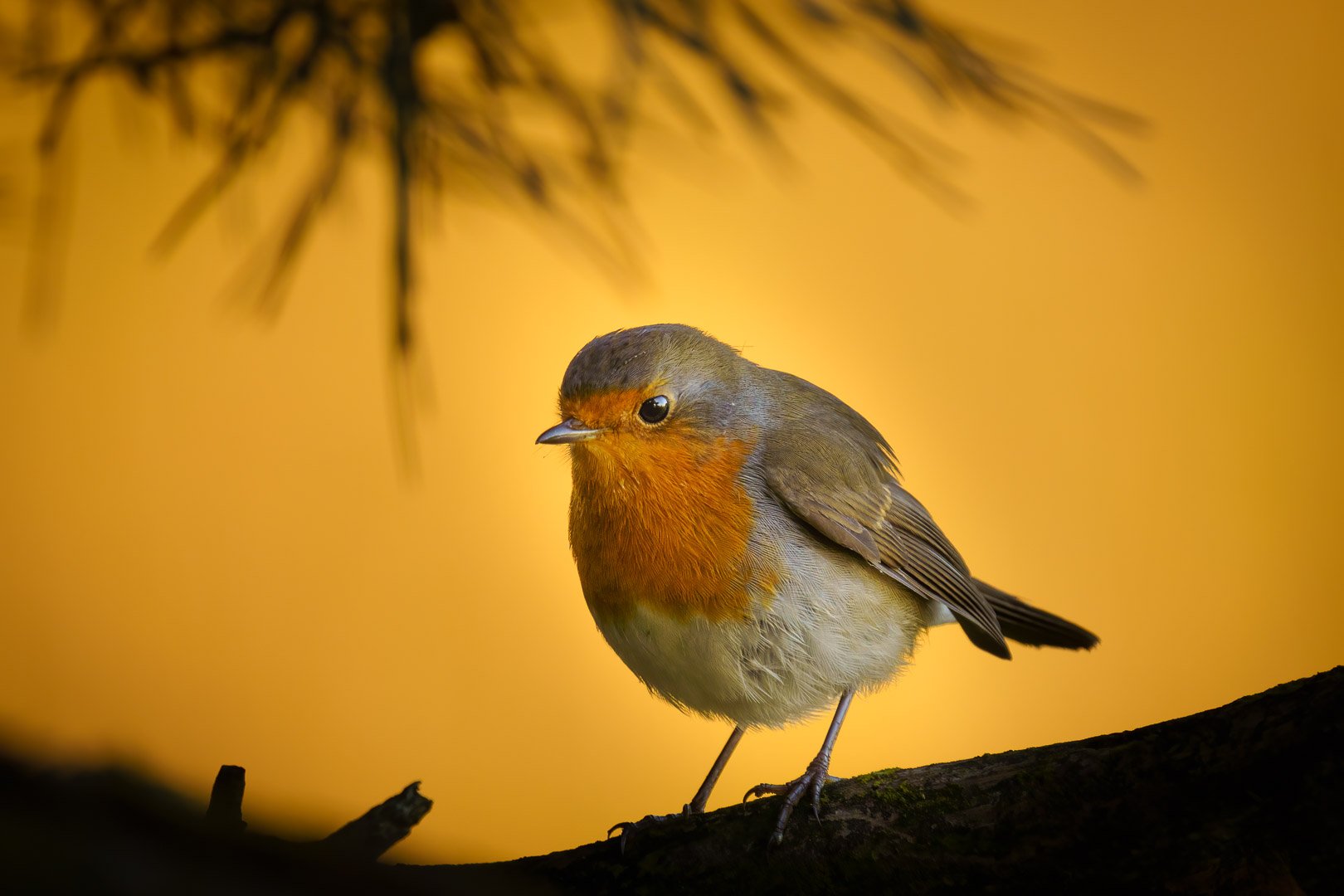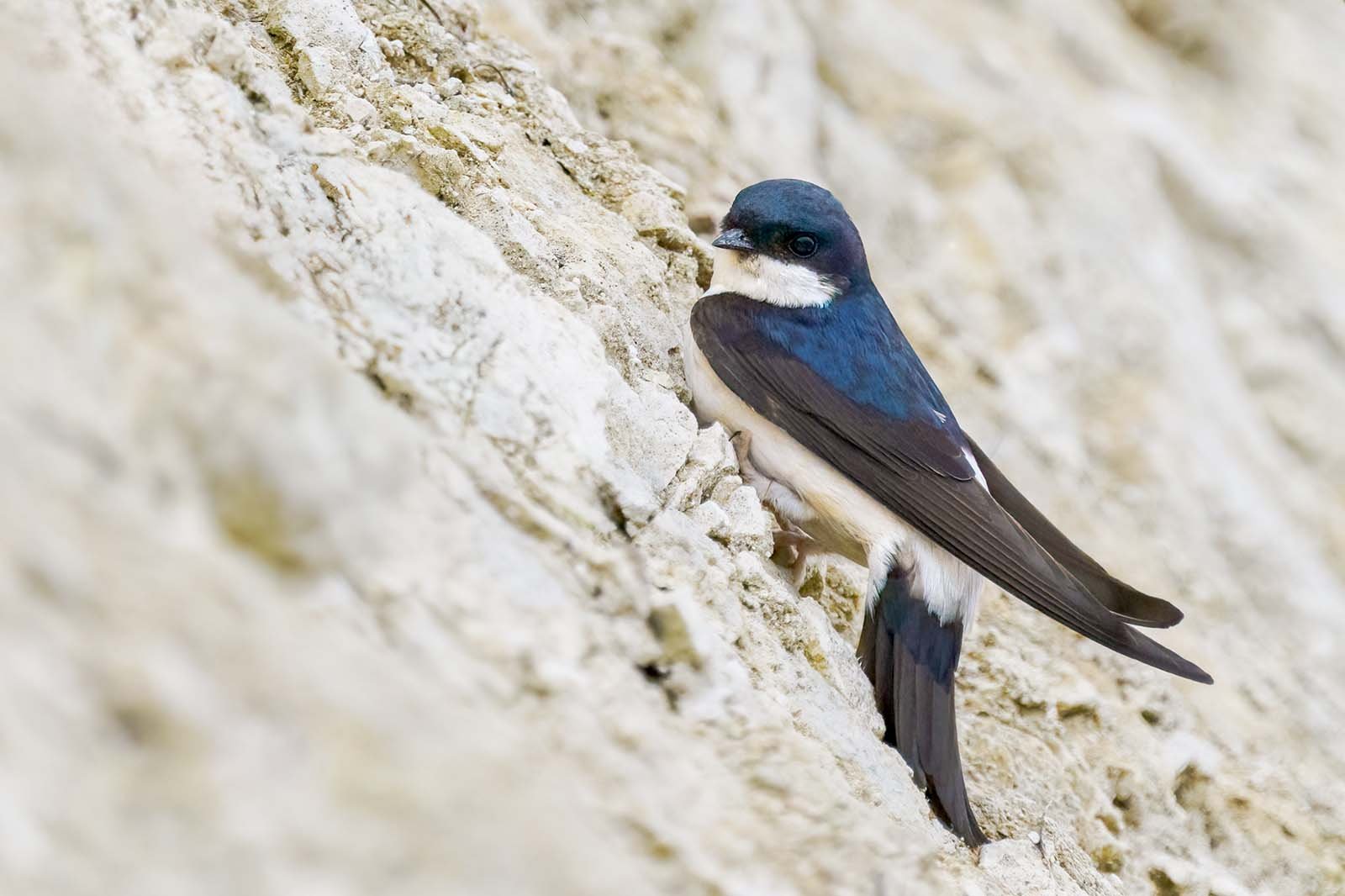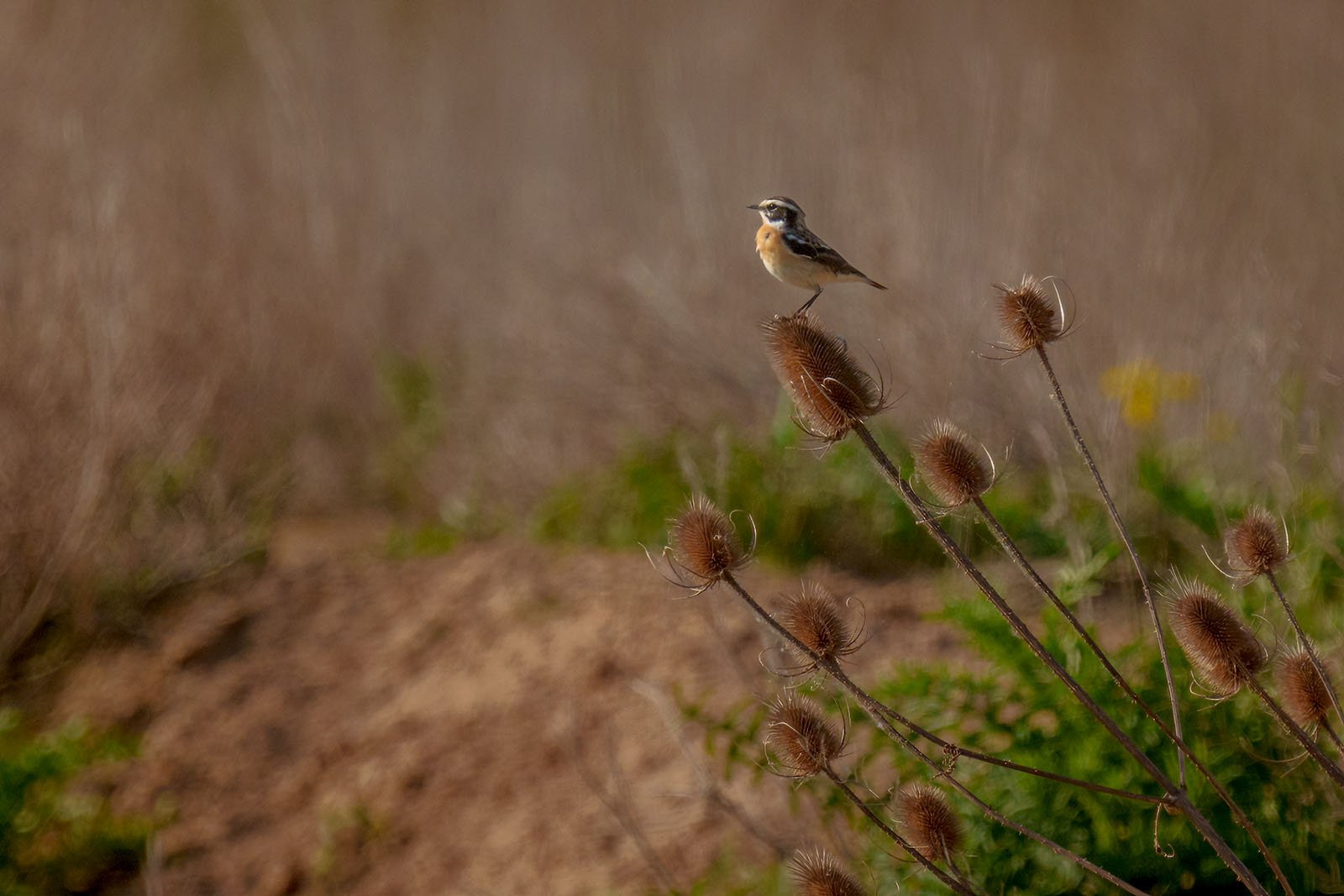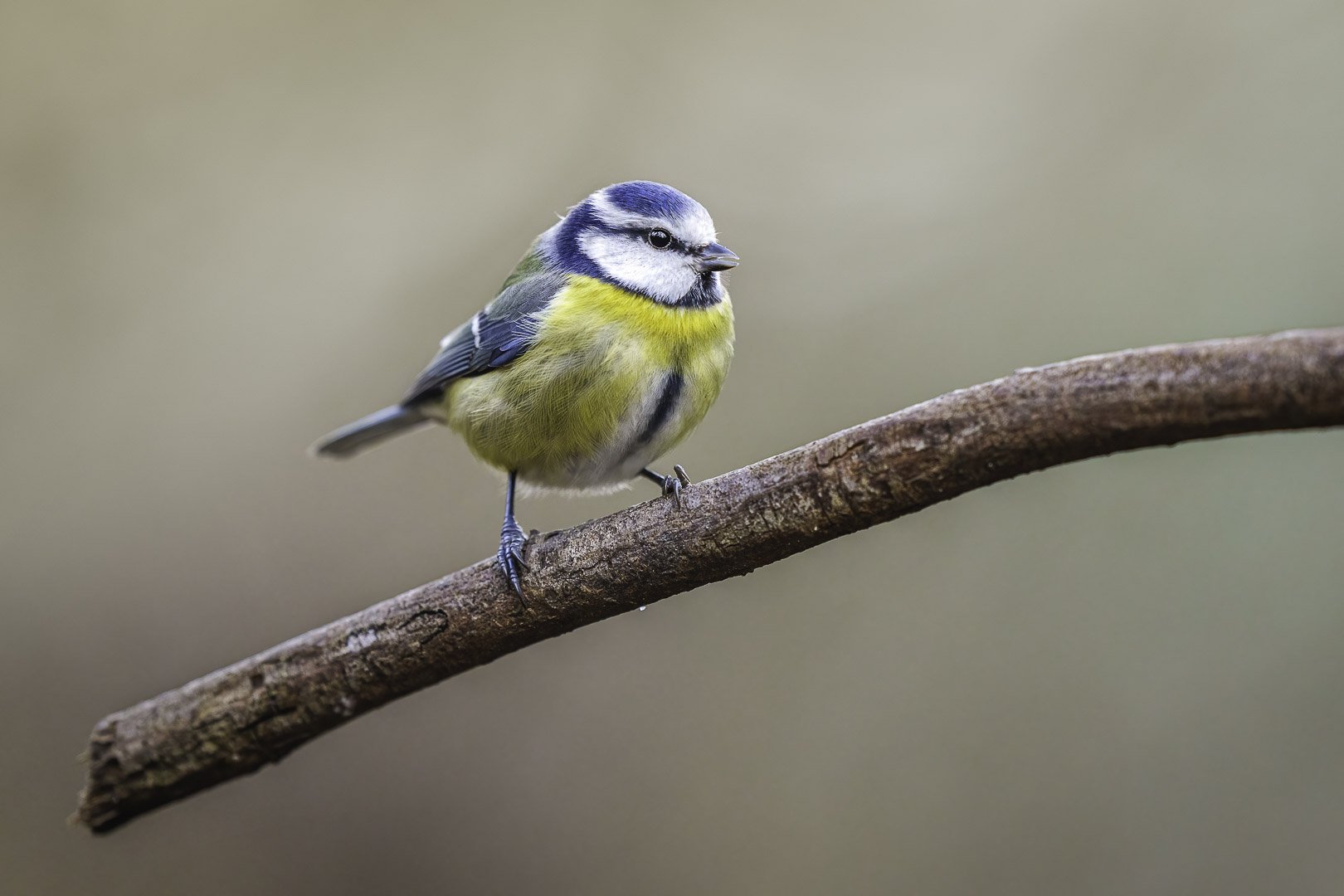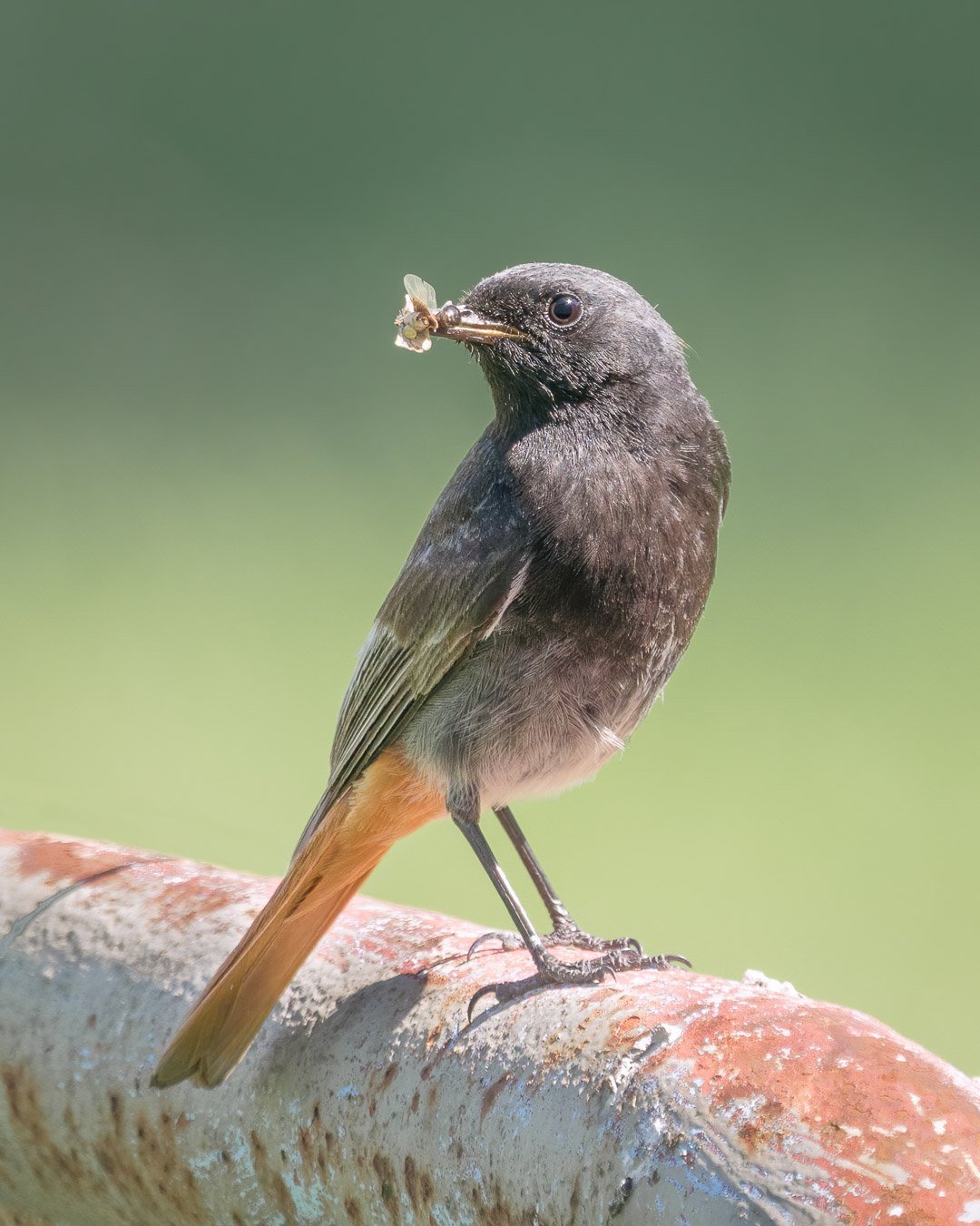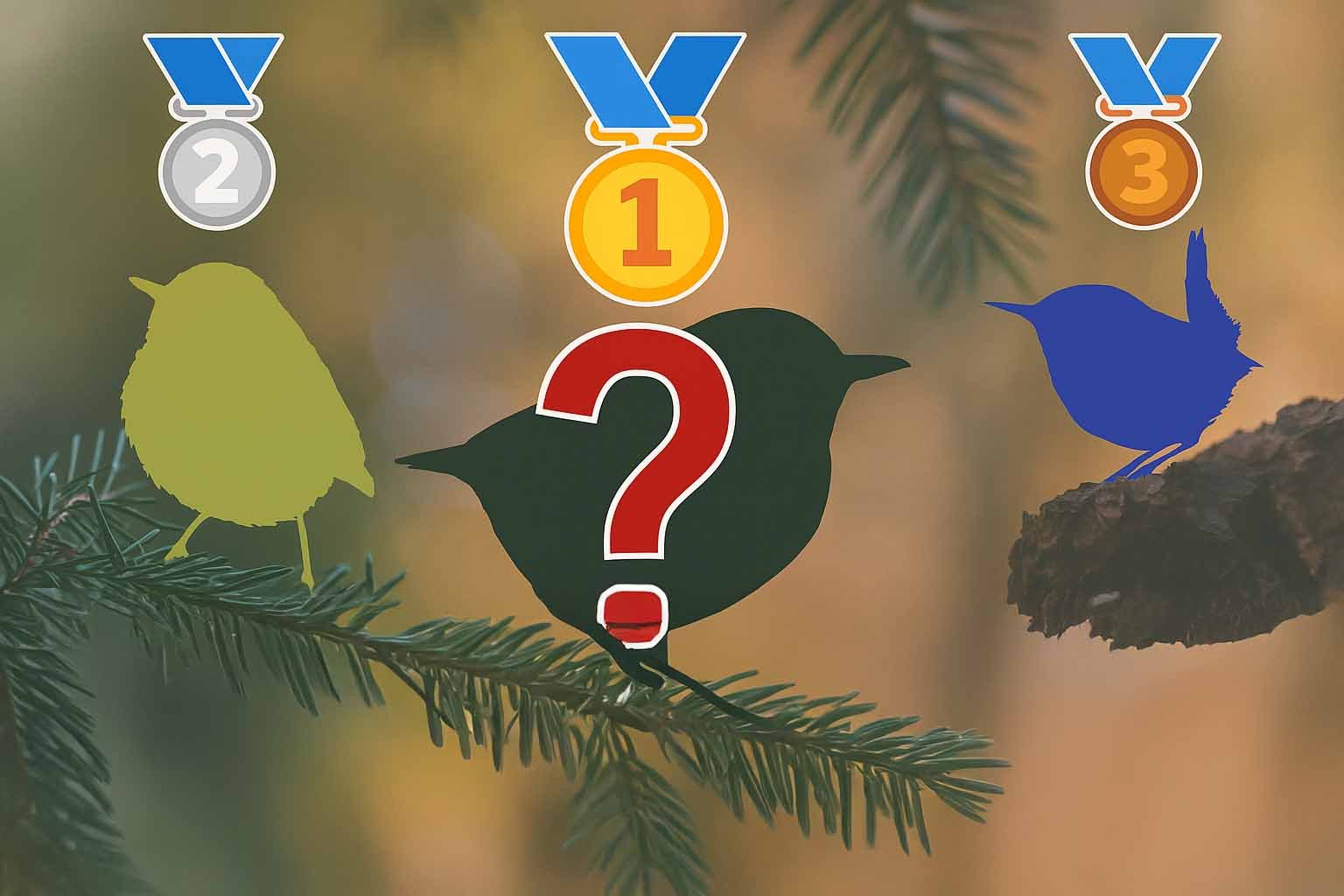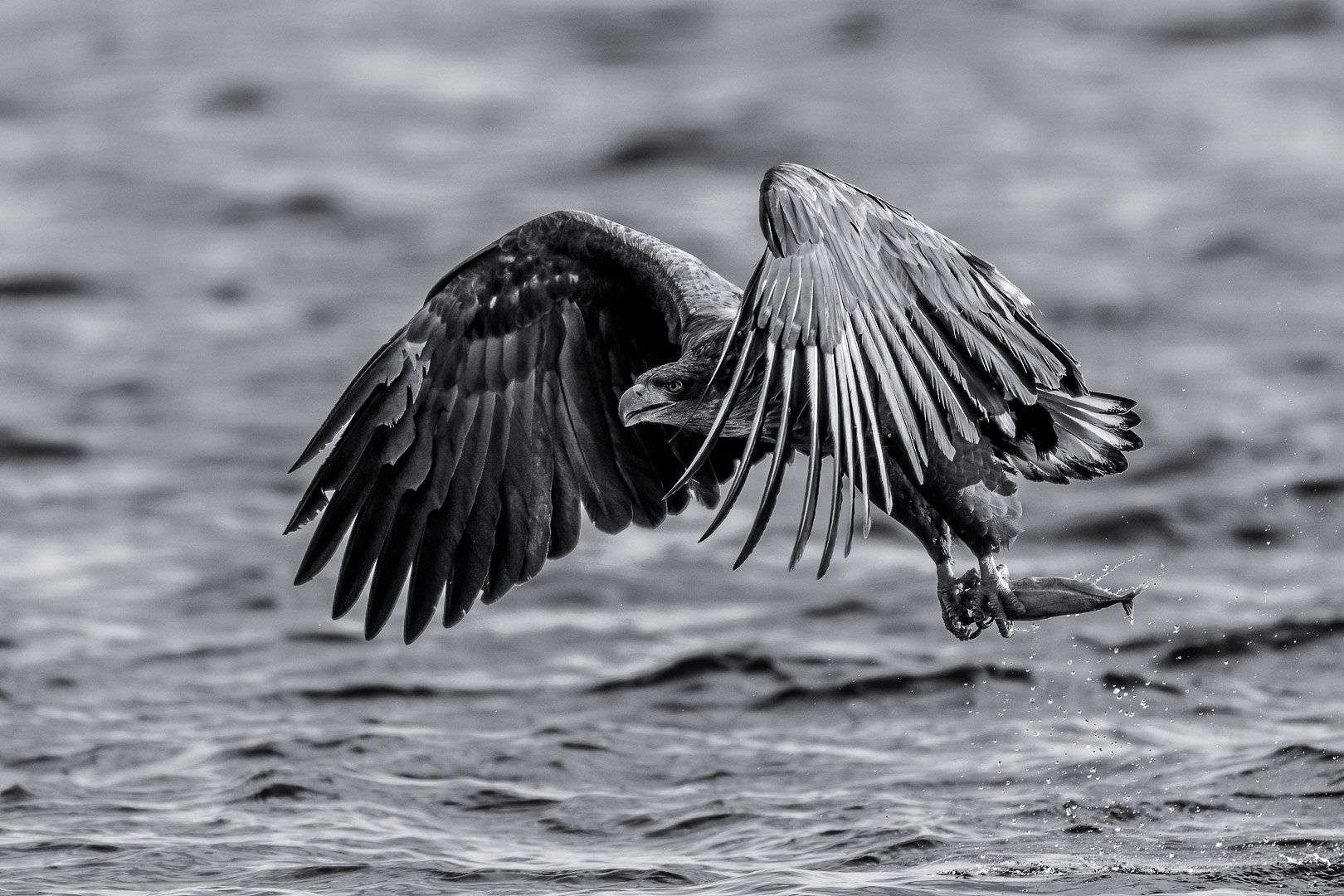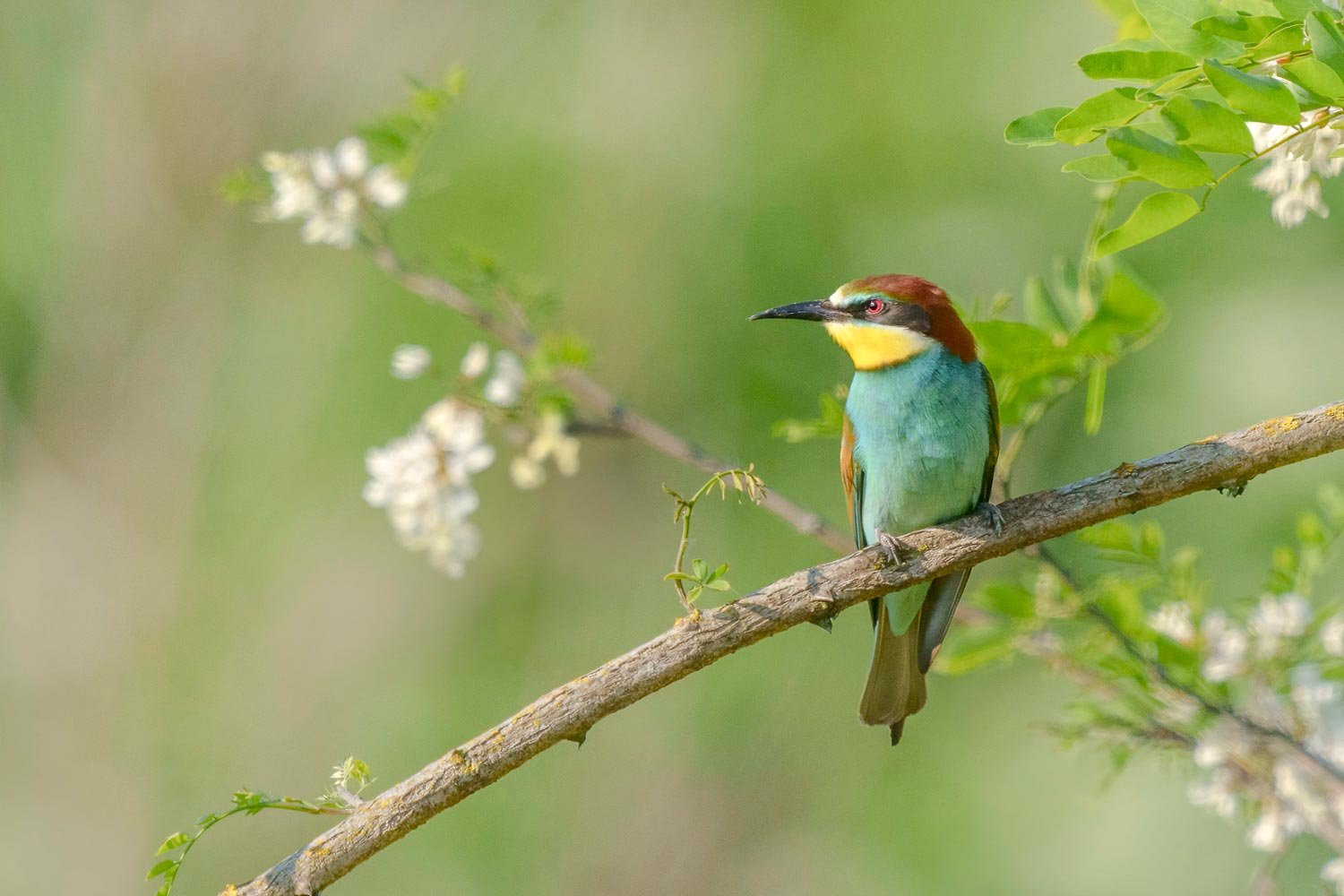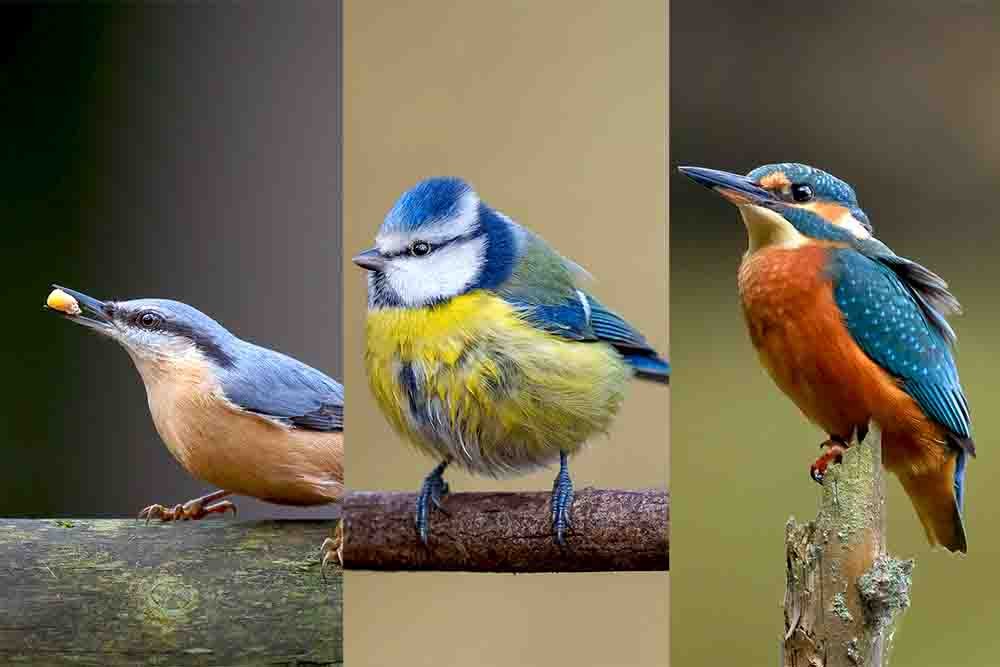10 German Birds of Spring: Listen, Watch, Be Amazed
Spring is a fresh start — not just for us, but for the birds, too. As soon as the sun warms the soil, things get noisy in the hedges, trees, and rooftops. Birds are singing, courting, nesting — and returning from far away.
But let’s be honest: how many of these spring singers can you actually name?
This list introduces you to 10 local bird species that are especially active in spring — from hardy residents who stay all year to long-distance travelers who cross continents just to nest here.
Some sing sweetly, like the nightingale. Others hop and chirp, like the blue tit. Each bird adds its own flavor to spring.
You’ll find out when they appear, where they live, what they eat, how big they are, and how to recognize them. And if you're curious, there’s more to discover — their calls, nesting habits, colors... all the little things that make birdwatching so rewarding.
So: open the window, grab your binoculars — or just read on.
Spring is calling. And it sounds like wings and birdsong.
10 German Birds of Spring - Overview
1. Nightingale
- Type: Migratory bird
- Return: April
- Habitat: Undergrowth, riparian forests
2. European Robin
- Type: Resident bird
- Return: Year-round
- Habitat: Gardens, hedges, forests
3. Barn Swallow
- Type: Migratory bird
- Return: March/April
- Habitat: Villages, barns
4. House Martin
- Type: Migratory bird
- Return: April
- Habitat: Cities, building façades
5. Great Tit
- Type: Resident bird
- Return: Year-round
- Habitat: Gardens, forests, parks
6. Whinchat
- Type: Migratory bird
- Return: Late April
- Habitat: Meadows, tall herbaceous vegetation
7. Chiffchaff
- Type: Migratory bird
- Return: March/April
- Habitat: Hedges, open woodland
8. Blue Tit
- Type: Resident bird
- Return: Year-round
- Habitat: Forests, gardens, parks
9. Golden Oriole
- Type: Migratory bird
- Return: May
- Habitat: Riparian forests, large gardens
10. Black Redstart
- Type: Partial migrant
- Return: March
- Habitat: Settlements, walls, rooftops

